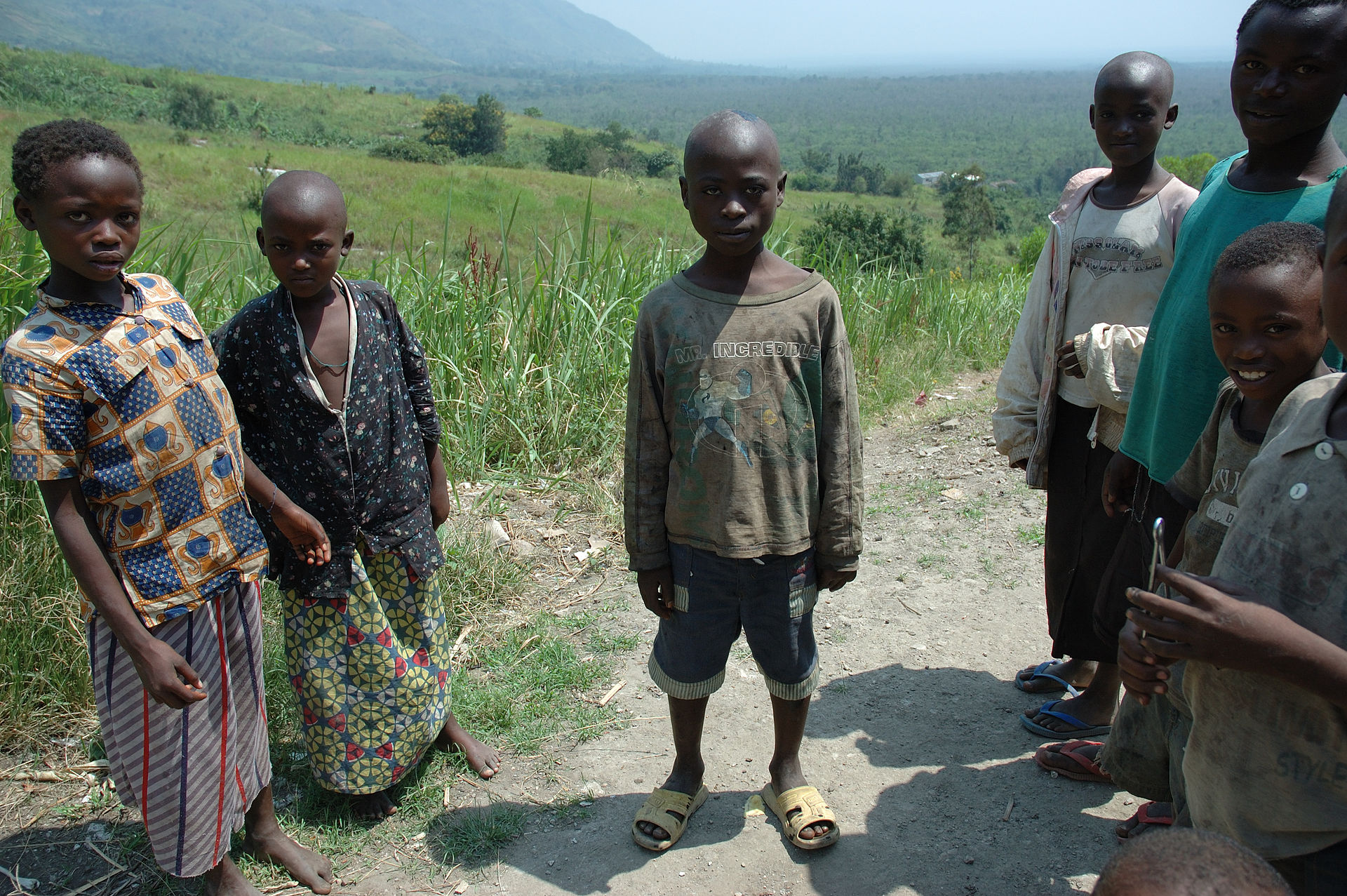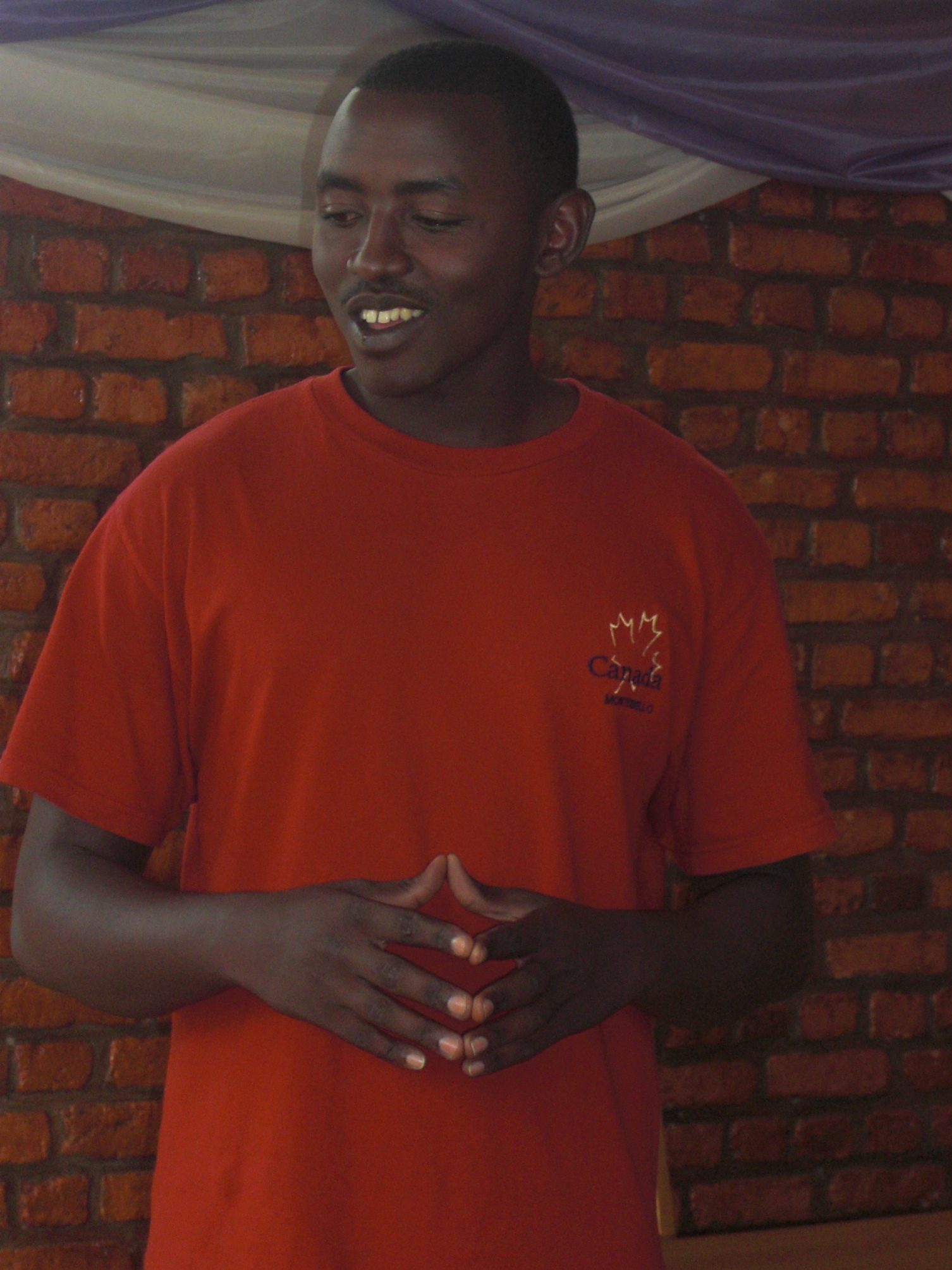Ethnic Issues In East Africa

A picture of Hutu children in Virunga National Park (Creative Commons photo. Attribution to author and info can be found here)
The Belgians, like other European powers during colonialism, would inflame ethnic tensions in East Africa on purpose to keep the population from rebelling. This issue became much more controversial than many other places in the world due to how rough the tensions got between the Tutsi & the Hutu ethnic groups. Anthropologists aren’t completely sure, but we think that the Hutu had come into the area during the Bantu migrations and the Tutsis may have originated from Ethiopia. There were some visual differences between the two groups that showed in the community, but these differences were often not as clear as one might expect. The Tutsis were taller, had slimmer noses and were generally lighter in complexion. The problem is that there had been years of intermarriage between the two groups so it was far from a cut and dry difference.
The Tutsis had been in power for centuries in the area and had kept the Hutu majority from gaining any serious power, and when the Germans took over they kept the leadership structure in place because the Tutsi looked more European to the Germans. The Hutu eventually became upset that they were kept out of power despite the fact that they were a huge majority in the
country. They could gain a bit of power if they converted to Catholicism, but it was a hard road to get any power at all. The 1st World War upset the system by giving this country to the Belgians, despite their terrible history of actions in Africa. They forced people to carry IDs with them so it was much easier to find out what group they were.
After WWII the Belgians decided to leave the country as the rest of Europe started to move out of these countries. The Belgians gave independence and allowed free elections (1959), but due to the size of the Hutu population this was essentially giving them the power over the Tutsis. The Hutus would win the elections and create a republic under President Grégoire Kayibanda. President Kayibanda immediately started to persecute the Tutsis, which caused most of the educated people to leave the country. The government was overthrown by the military in a military coup (1973) under Hutu General Juvénal Habyarimana after killing President Kayibanda.
There were similar issues with Hutu/Tutsi tensions in neighboring Burundi, which would turn into a full on genocide in 1972. The Hutus tried to take over the government by killing officials as well as any Tutsi in sight. The Tutsi President Michel Micombero proclaimed martial law & sent in the army. The army systematically slaughtered Hutus, starting with the elites, and would end up with between 80,000 and 210,000 people dead in just the first wave of violence.
The Hutus would take over the government in 1993 and reverse the situation, killing the Tutsis in mass. Hutu President Ndadaye would be assassinated soon after due to this violence, but it just made the issues in the country worse. The government tried to calm things down by creating a united force of Hutus and Tutsis to hunt down those who were killing people. An estimated 800,000 combined Burundians would be killed during this time period.

A picture of a Tutsi man. (Creative Commons photo. Attribution to author and info can be found here)
